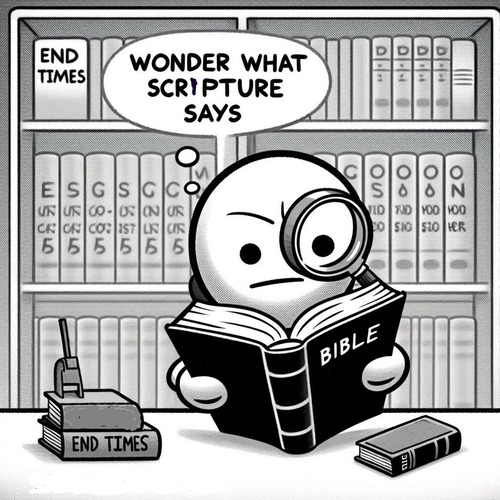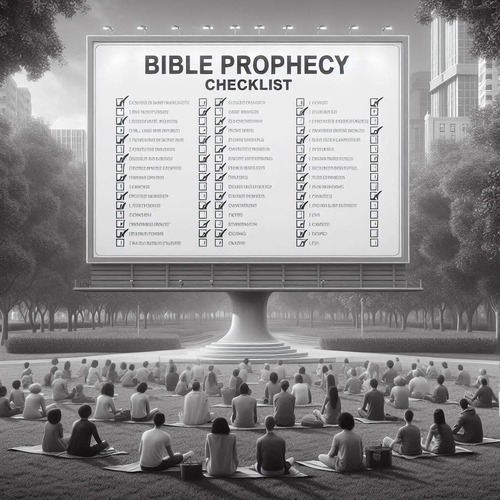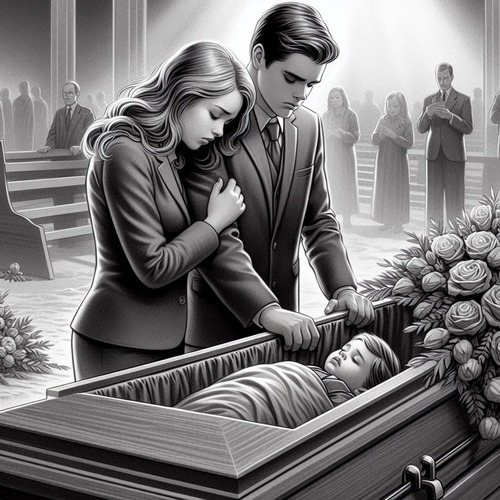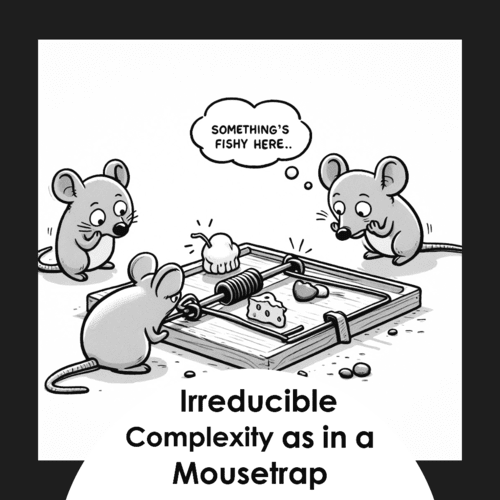The Rapture Debate: A Primer on End-Time Bible Prophecy
In recent decades, few Christian doctrines have generated as much discussion, debate, and popular interest as the Rapture. This comprehensive examination explores what Scripture teaches about this subject, analysing various interpretations while maintaining a historically Reformed perspective.
Introduction
The term “Rapture” comes from the Latin “rapio,” meaning to “catch up” or “snatch away,” referencing the biblical teaching about Christ’s return and the gathering of believers. While the word itself doesn’t appear in Scripture, the concept has become central to many contemporary discussions about end-times theology.
The doctrine of the Rapture addresses a crucial question: How will Christ’s return unfold, particularly regarding the gathering of His people? The question has profound implications for how we understand Bible prophecy and God’s redemptive plan.
Historical Context
While belief in Christ’s return has been a cornerstone of the Christian faith since apostolic times, the specific doctrine of the Rapture as commonly understood today emerged relatively recently in church history. The modern conception largely developed in the 1830s through the work of John Nelson Darby, an Irish evangelist and founder of the Plymouth Brethren movement.
Before Darby, the historic Christian church generally held to a simpler view of Christ’s return, without the elaborate dispensational framework that would later develop. The popularisation of Rapture theology accelerated through the Scofield Reference Bible (1909) and subsequent dispensational teaching.
Traditional Reformed theology, rooted in the historic confessions, has typically approached eschatology (end-times doctrine) through the lens of covenant theology rather than dispensationalism, emphasising the continuity of God’s people throughout redemptive history.
Bible Passages Often Associated with the Rapture
- 1 Thessalonians 4:13-18: This passage serves as the primary biblical text for Rapture theology: “For the Lord himself will descend from heaven with a cry of command, with the voice of an archangel, and with the sound of the trumpet of God. And the dead in Christ will rise first. Then we who are alive, who are left, will be caught up together with them in the clouds to meet the Lord in the air, and so we will always be with the Lord.”
- 1 Corinthians 15:51-52: Paul describes a “mystery” regarding the transformation of believers: “We shall not all sleep, but we shall all be changed, in a moment, in the twinkling of an eye, at the last trumpet.”
- Matthew 24:40-41: Jesus speaks of some being taken and others left, though context suggests this may refer to judgement rather than deliverance.
- Revelation 3:10: A promise of preservation through tribulation, though interpretations vary on whether this indicates physical removal or spiritual protection.
The Major Views on the Rapture
Before examining the various perspectives on the Rapture, it’s important to understand what theologians mean by “the tribulation.” The term refers to a period of intense suffering and divine judgement that Christians believe will occur before Christ’s return, based primarily on passages from Daniel, Matthew 24, and Revelation. While Christians agree such a period is prophesied in Scripture, they differ significantly on its timing, nature, and relationship to the church.
Pre-Tribulation Rapture: This view, popularised in the 20th century, teaches Christ will secretly remove the church before a seven-year tribulation period. Proponents argue this protects the church from God’s wrath and maintains a distinction between Israel and the church.
Key arguments include:
- The church’s absence from Revelation chapters 4-19: Pre-tribulationists note that while the word “church” appears 19 times in Revelation chapters 1-3, it isn’t mentioned again until chapter 19. They interpret this literary silence as evidence the church has been removed from earth during the tribulation events described in chapters 4-19.
- The promise to keep believers from “the hour of testing” (Revelation 3:10): This promise to the Philadelphia church that they will be kept “from the hour of testing that is going to come upon the whole world” is interpreted by pre-tribulationists as a guarantee of physical removal from earth before the tribulation. They emphasise the Greek preposition ‘ek’ (from) suggests ‘removal from’ rather than ‘protection through’ the tribulation.
- The separation of Christ’s coming “for” His saints and “with” His saints: Pre-tribulationists see two distinct phases in Christ’s return based on passages such as 1 Thessalonians 4:16-17 (coming for His saints in the Rapture) and Zechariah 14:5 and Revelation 19:14 (returning with His saints for final judgement). They argue this necessitates a prior Rapture so that saints can return with Christ.
The Reformed critique often focuses on this view’s recent origins and its dependence on dispensational hermeneutics.
Mid-Tribulation Rapture: This position places the Rapture at the midpoint of the tribulation period, often associated with the seventh trumpet in Revelation. While less common, adherents argue this view better accounts for Jesus’ warnings about tribulation while still protecting the church from the worst period of wrath.
Post-Tribulation Rapture: This view, more aligned with historical church teaching, sees the Rapture occurring at Christ’s visible return at the end of the tribulation.
- The church’s historical expectation of experiencing tribulation: Throughout Scripture and church history, believers are consistently taught to expect and endure tribulation rather than escape it. Post-tribulationists point to Jesus’ words in John 16:33, Paul’s teachings that “through many tribulations we must enter the kingdom of God” (Acts 14:22), and the historical experience of the church facing persecution rather than supernatural removal.
- The unity of Christ’s return passages in Scripture: Post-tribulationists argue the New Testament consistently presents Christ’s return as a single, unified event. They note passages describing the Rapture (1 Thessalonians 4:13-18) share the same vocabulary and imagery (trumpets, clouds, gathering) as passages about Christ’s final return (Matthew 24:30-31), suggesting they describe the same event.
- The parallel with the ancient Jewish wedding customs: While pre-tribulationists use this parallel to support their view, post-tribulationists argue that in Jewish tradition, the bridegroom’s coming for his bride was a visible, celebrated event, not a secret removal. They see this as supporting a public, triumphant return of Christ that includes the gathering of His people.
Amillennial Perspective: The traditional Reformed amillennial view typically sees:
- One unified return of Christ rather than multiple stages: Amillennialists emphasise Scripture consistently presents Christ’s return as a single, cosmic event that includes the resurrection of the dead, the transformation of living believers, final judgement, and the inauguration of the new heavens and new earth. They see no biblical basis for dividing these events across multiple comings separated by years.
- The “catching up” of believers as part of the final resurrection: Rather than viewing the Rapture as a separate event, amillennialists understand it as part of the general resurrection at Christ’s return. They connect Paul’s teaching about being “caught up” (1 Thessalonians 4:17) with his broader resurrection theology (1 Corinthians 15), seeing them as describing the same moment of transformation.
- Current fulfillment of many prophetic passages in the church age: Amillennialists interpret many prophetic passages, particularly in Revelation, as having present application to the church age rather than exclusively future fulfillment. They see the millennium of Revelation 20 as symbolically representing Christ’s current reign through His church, with the final resurrection and judgement occurring at His return.
Common Misconceptions
Popular culture, particularly through works such as the “Left Behind” series, has significantly influenced public understanding of the Rapture. These dramatisations often present speculative details as settled doctrine and may overshadow careful biblical examination.
Reformed Theological Analysis
Reformed theology approaches the subject through several key lenses:
- Covenant Theology: Rather than dividing history into dispensations, covenant theology emphasises the unity of God’s redemptive plan and people throughout history. This framework significantly impacts how prophecy is interpreted.
- Unity of God’s People: Reformed theology typically stresses the fundamental unity of God’s people across both testaments, seeing the church as the fulfillment of promises to Israel rather than a parenthesis in God’s plan.
- Already/Not Yet Dynamic: This framework recognises that many eschatological realities are partially realised in the present while awaiting full consummation at Christ’s return.
Conclusion: While Christians may differ on the precise details of end-time chronology, the essential truth remains clear: Christ will return bodily and visibly to gather His people and consummate His kingdom. The various views of the Rapture, while important for biblical interpretation, should not overshadow this central hope.
The Reformed perspective encourages us to hold our detailed eschatological schemes humbly while maintaining firm confidence in the personal, visible, and glorious return of Christ. This return will bring the final resurrection, judgement, and the full establishment of God’s eternal kingdom.
The Rapture—Related FAQs
- How should differences in Rapture views affect Christian fellowship and church unity? While Christians may hold strong convictions about end-times theology, these differences shouldn’t disrupt church fellowship or cooperation in gospel ministry. The timing of the Rapture, while important for biblical interpretation, isn’t a fundamental doctrine like Christ’s deity, salvation by faith, or the authority of Scripture. Churches and believers can maintain unity by focusing on clear biblical mandates while holding their eschatological views with humility and grace.
- What happens to children and those unable to understand the gospel during the Rapture? This pastoral concern has troubled many believers, especially parents. While Scripture doesn’t directly address this question, many theologians extend the principle of God’s covenant mercy to children of believers, similar to how we understand infant baptism and salvation. Reformed theology particularly emphasises God’s covenant faithfulness to believing families, though ultimately, we must trust in God’s perfect wisdom and mercy in such matters.
- If the pre-tribulation view wasn’t taught until the 1800s, how do its advocates explain its absence in church history? Pre-tribulation proponents typically argue this understanding was either lost to history and later recovered through careful Bible study, or that it was part of a progressive revelation of prophetic truth meant for the end times. Critics counter that such a significant doctrine would unlikely remain undiscovered for 1800 years of church history. This debate touches on broader questions about the role of historical theology in interpreting Scripture.
How does the doctrine of the Rapture differ globally, particularly in persecuted churches? Churches experiencing persecution often develop different perspectives on the Rapture than those in more comfortable circumstances. Many persecuted churches tend toward post-tribulation views, seeing their current suffering as part of the prophesied tribulation. Their experience often leads to an emphasis on endurance rather than escape, though this varies across cultures and traditions.
- If the Rapture happens at a specific time globally, how does this work with time zones? This practical question about the mechanics of the Rapture reflects modern global awareness. Scripture describes the event happening at the “twinkling of an eye” and speaks of it as a globally simultaneous event. While the Bible doesn’t address time zones specifically, the emphasis is on the supernatural and miraculous nature of this event that transcends normal human limitations of time and space.
- How should understanding of the Rapture influence Christian engagement with environmental and social issues? Different views of the Rapture can significantly impact how Christians approach long-term cultural engagement and earthly responsibilities. Some argue belief in an imminent Rapture may reduce motivation for environmental stewardship or social reform. Reformed theology typically emphasises continuing responsibilities for creation care and social engagement, regardless of eschatological views, based on the creation mandate and Christian love.
- What role do Old Testament prophecies play in understanding the Rapture, particularly prophecies about Israel’s future? The relationship between Old Testament prophecies and the Rapture largely depends on one’s hermeneutical approach to Scripture. Dispensationalists tend to maintain a sharp distinction between prophecies concerning Israel and the church, seeing many Old Testament prophecies as yet to be fulfilled for ethnic Israel. Reformed covenant theology typically sees these prophecies as ultimately fulfilled in Christ and the church, while potentially allowing for future events concerning ethnic Israel within that framework.
The Rapture—Our Related Posts
Editor's Pick

Self-Authentication: Why Scripture Doesn’t Need External Validation
"How can the Bible prove itself? Isn't that circular reasoning?" This objection echoes through university classrooms, coffee shop discussions, and [...]
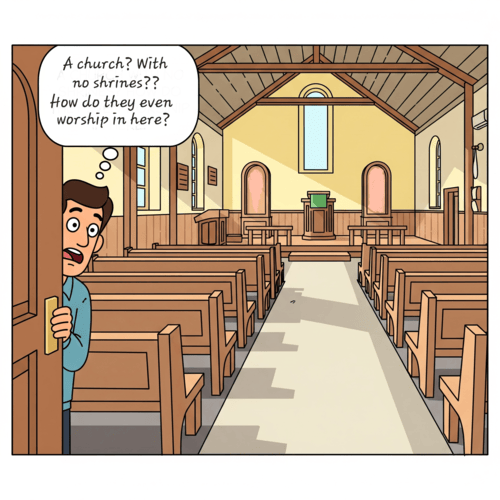
Do Christians Need Holy Shrines? Why the Reformed Answer Is No
Walk into a medieval cathedral and you'll encounter ornate shrines, gilded reliquaries, and designated "holy places" where pilgrims gather to [...]
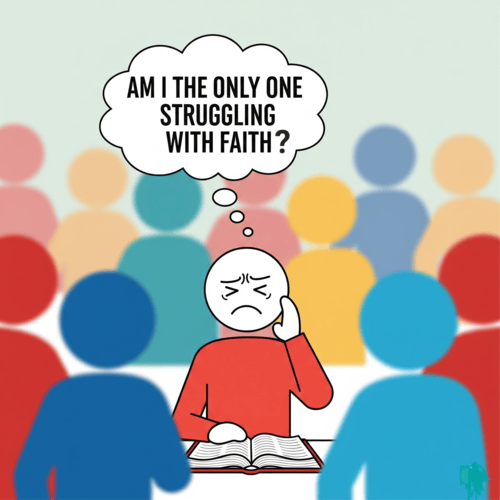
I Want To Believe, But Can’t: What Do I Do?
"I want to believe in God. I really do. But I just can't seem to make it happen. I've tried [...]
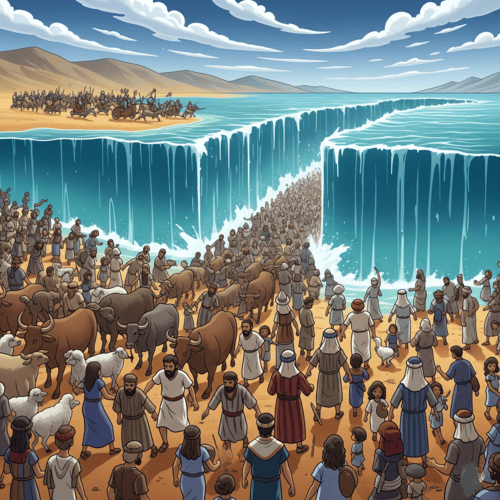
BC 1446 or 1250: When Did the Exodus Really Happen?
WHY REFORMED SCHOLARS SUPPORT THE EARLY DATE Many a critic makes the claim: “Archaeology has disproven the biblical account [...]

Does God Know the Future? All of It, Perfectly?
Think about this: our prayers tell on us. Every time we ask God for something, we’re confessing—often without realising it—what [...]

Can Christian Couples Choose Permanent Birth Control?
Consider Sarah, whose fourth pregnancy nearly killed her due to severe pre-eclampsia, leaving her hospitalised for months. Or David and [...]

Bone of My Bones: Why Eve Was Created From Adam’s Body
"This at last is bone of my bones and flesh of my flesh!" Adam's joyful exclamation upon first seeing Eve [...]
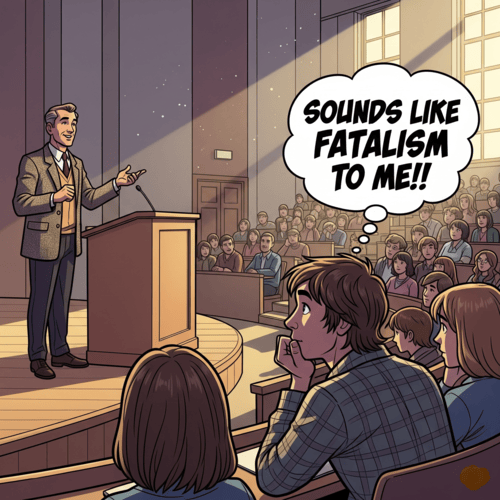
Is Calvinism Fatalism in Christian Disguise? Think Again
We hear the taunt every now and then: "Calvinism is just fatalism dressed up in Christian jargon." Critics argue Reformed [...]
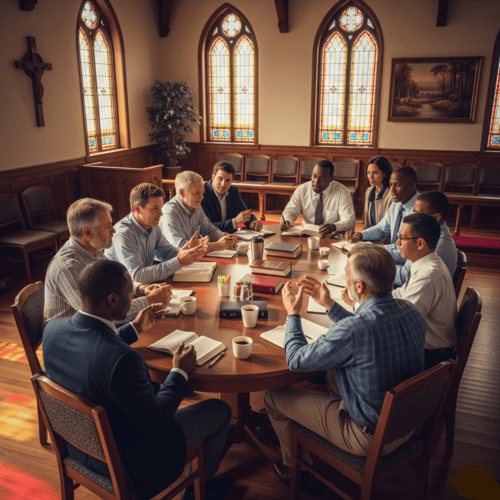
Can Churches Conduct Same-Sex Weddings?
In an era of rapid cultural change, churches across America face mounting pressure to redefine their understanding of marriage. As [...]

Gender Reassignment: Can Christian Doctors Perform These Surgeries?
In the quiet of a clinic, a Christian physician faces a challenging ethical question. A patient sits across the desk, [...]
SUPPORT US:
Feel the Holy Spirit's gentle nudge to partner with us?
Donate Online:
Account Name: TRUTHS TO DIE FOR FOUNDATION
Account Number: 10243565459
Bank IFSC: IDFB0043391
Bank Name: IDFC FIRST BANK


